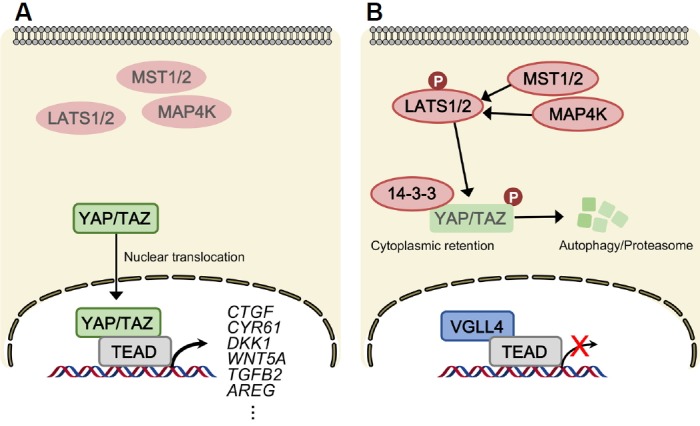Fig. 1. Regulation of YAP and TAZ by the Hippo pathway.

The core inhibitory kinase module of the Hippo pathway is composed of MST1/2, MAP4K, and LATS1/2. The transcriptional module is composed of YAP/TAZ and TEAD. (A) When the Hippo pathway is ‘off’, YAP/TAZ are dephosphorylated, accumulated, and they translocate into the nucleus to bind the transcription factors, TEAD1–TEAD4, which enable target gene transcription involved in cell proliferation. (B) When the Hippo pathway is turned ‘on’, LATS1/2 directly phosphorylate YAP/TAZ, which inhibit nuclear import of YAP/TAZ via 14-3-3-mediated cytoplasmic retention, and ubiquitination-mediated proteasomal and autolysosomal degradation. TEAD transcriptional activity is suppressed by VGLL4. LATS indicates large tumor suppressor; MST, mammalian STE20-like protein kinase; YAP, Yes-associated protein; TAZ, transcriptional co-activator with PDZ-binding motif; TEAD, TEA domain family members; VGLL4, transcription cofactor vestigial-like protein 4.
